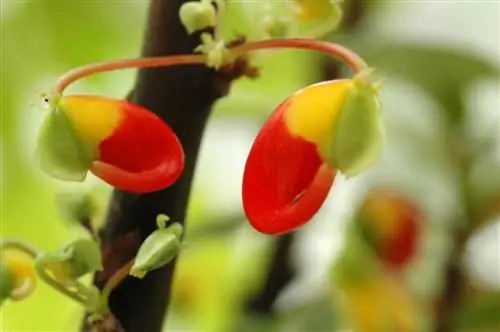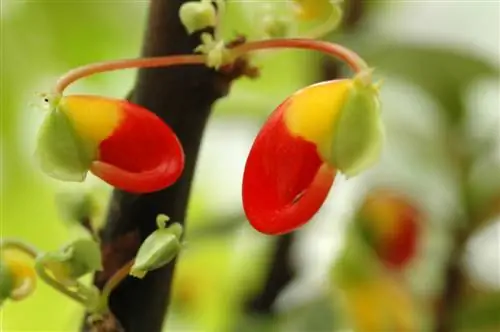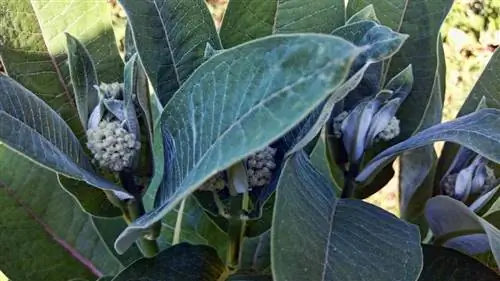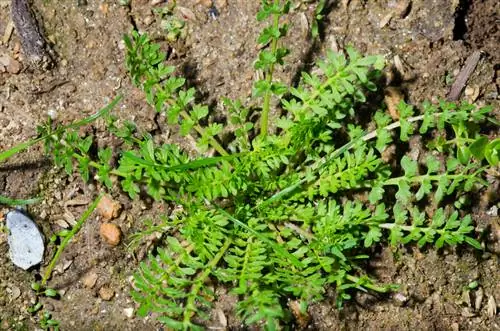- Author admin [email protected].
- Public 2023-12-16 16:46.
- Last modified 2025-01-23 11:19.
There are a number of plants in nature whose flowers are reminiscent of the characteristic shape of a parrot's beak. One of the most popular examples of this is the parrot's beak plant (Impatiens niamniamensis), also known as Congolese.

How do I properly care for a parrot beak plant?
In order to optimally care for the parrot's beak plant, it should be watered regularly, protected from spider mites, watered and fertilized. As a rule, it does not need pruning. In winter it can overwinter in a frost-free, bright place.
How regularly should the parrot beak plant be watered?
The top layer of soil in the pot of a parrot's beak plant should always be allowed to dry between waterings. If the plant is watered again after a few days, no water should remain in the saucer. In principle, the Congo lilies should only be watered with water that is as lime-free as possible. In summer, a Congolian's water requirements can be high, especially in a sunny location. Make sure that the soil in the pot of this plant never dries out to the roots.
What should you consider when repotting a Congolian tree?
When repotting this plant, care should be taken to ensure that the new planter offers the roots of the Congolese tree enough space to develop. A drainage layer should be placed in the lower third of the plant pot, which can consist, for example, of the following materials:
- pottery shards
- coarse gravel
- Clay balls for hydroponics
The Congo lily should always be reinserted into the substrate at the same height. After transplanting, the substrate in the pot is pressed down to medium strength and watered extensively.
When and how is the Congolese tree cut?
Since the plant grows very compactly, pruning is usually not necessary. However, wilted plant parts should always be removed. For example, regularly pluck off the wilted flowers so that new flowers can form quickly. This plant tolerates radical pruning very poorly.
Which pests can be dangerous to the parrot's beak plant?
The plant is relatively susceptible to spider mites, so the plants should be checked regularly for possible infestation with these pests, even in winter.
Are there diseases that occur more frequently in Congolians?
The Congolese tree can be affected by various fungal diseases. Infected areas should be cut out as quickly as possible so that the plant still has a chance of recovery. The removed plant parts should not end up in the compost heap, otherwise fungal diseases can spread further.
How is the parrot beak plant optimally fertilized?
If the Congolese tree is cared for properly, heights of around 50 to 150 cm can be achieved, depending on the location and the incidence of light. From March to September you can supply the plants with the nutrients necessary for lush flowering by administering a liquid fertilizer (€18.00 on Amazon). Alternatively, you can also use a slow-release fertilizer in economical doses.
How do you get a Congolese through the winter unscathed?
The Congolese is not hardy, but can be overwintered well in a frost-free place in the house. Like the South Sea myrtle and the purple myrtle, the Congolese tree also needs a lot of daylight in its winter quarters.
Tip
Excessively dry indoor air can promote pest infestation on the parrot's beak plant. Prevent this by spraying the plant's leaves from time to time with low-lime water.






